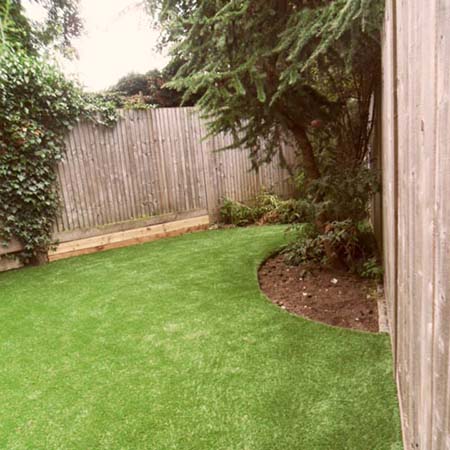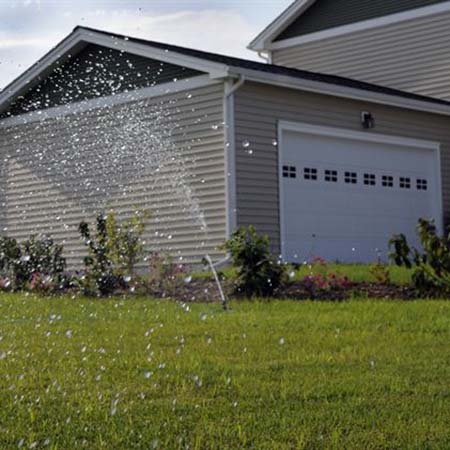 During drought, mandatory water restrictions are often imposed, but that doesn’t necessarily mean you are prevented from maintaining a healthy lawn. Damage to turf is more frequently caused by over-watering, as opposed to drought. According to experts on lawn management during drought, restrictions on water provide for sufficient irrigation for most lawn grasses. You can get all the landscaping help you need at Cypress Creek Landscape Supply. And with the following tips, you can improve the drought tolerance of your Florida lawn.
During drought, mandatory water restrictions are often imposed, but that doesn’t necessarily mean you are prevented from maintaining a healthy lawn. Damage to turf is more frequently caused by over-watering, as opposed to drought. According to experts on lawn management during drought, restrictions on water provide for sufficient irrigation for most lawn grasses. You can get all the landscaping help you need at Cypress Creek Landscape Supply. And with the following tips, you can improve the drought tolerance of your Florida lawn.
It’s possible that the best lawn irrigation methods have been under wraps, since many people rely on ineffective methods for watering their lawns. For example, automatic sprinkler systems are typically timed to water lawns in small amounts a few times each week. This approach does more harm than good because it creates a situation in which a lawn’s roots will stay in the top few inches of soil. During dry spells, the lawn suffers because these shallow grass roots can’t get the benefits of moisture deeper in the soil.
A goal of lawn irrigation should be to develop a deep root system, and steps to accomplish this involve keeping an eye on lawn thirst or wilt signs, which are:
When at least one of these lawn thirst signs can be identified on 30% to 50% of your lawn, it’s time for watering.
Apply ½ to ¾ inches of water, depending on soil type. In the panhandle and North Florida, the heavier clay soils may need only ½-inch of water. If you have sandier soil, which is common in many areas of Florida, ¾ of an inch of water is likely needed.
 The goal in watering your grass is to water for the development and nourishment of deep roots without creating excess water that your grass is unable to absorb. Once water flows onto pavement or on top of the ground, the water is being wasted and offers no further lawn benefits.
The goal in watering your grass is to water for the development and nourishment of deep roots without creating excess water that your grass is unable to absorb. Once water flows onto pavement or on top of the ground, the water is being wasted and offers no further lawn benefits.
Most importantly, you want to avoid drowning your grass. Overwatering may appear to be a good thing, since it creates excessive lush growth. The negatives include that this situation results in thatch build-up, which invites disease and pests. Also, the excess water gives unwelcome weed seeds what they need to germinate and go into competition with your turfgrass.
Lawn irrigation systems sometimes fail to evenly distribute irrigation water, which can result in only part of the lawn having drought tolerance. You can consult a qualified irrigation contractor for solutions, if water isn’t being distributed uniformly on your lawn.
To determine whether your sprinkler system delivers water evenly on the area covered, place empty one-pound cans in a row at one-foot to two-foot intervals from near the sprinkler to the furthest throw point. Allow the sprinkler to run between 30 minutes to an hour. Next, measure the amount of water in each can. Plot the amounts in each can on graph paper, and the results can show the sprinkler system’s application rate and distribution pattern.
Visit Cypress Creek Landscape Supply for more information about improving your lawn’s drought tolerance and all of your landscaping needs, including specialty products and bulk items, such as mulch, gravel, and fill dirt. Visit us in Tampa, Florida, at 12734 N. Florida Avenue or call at (813) 933-7944 today.